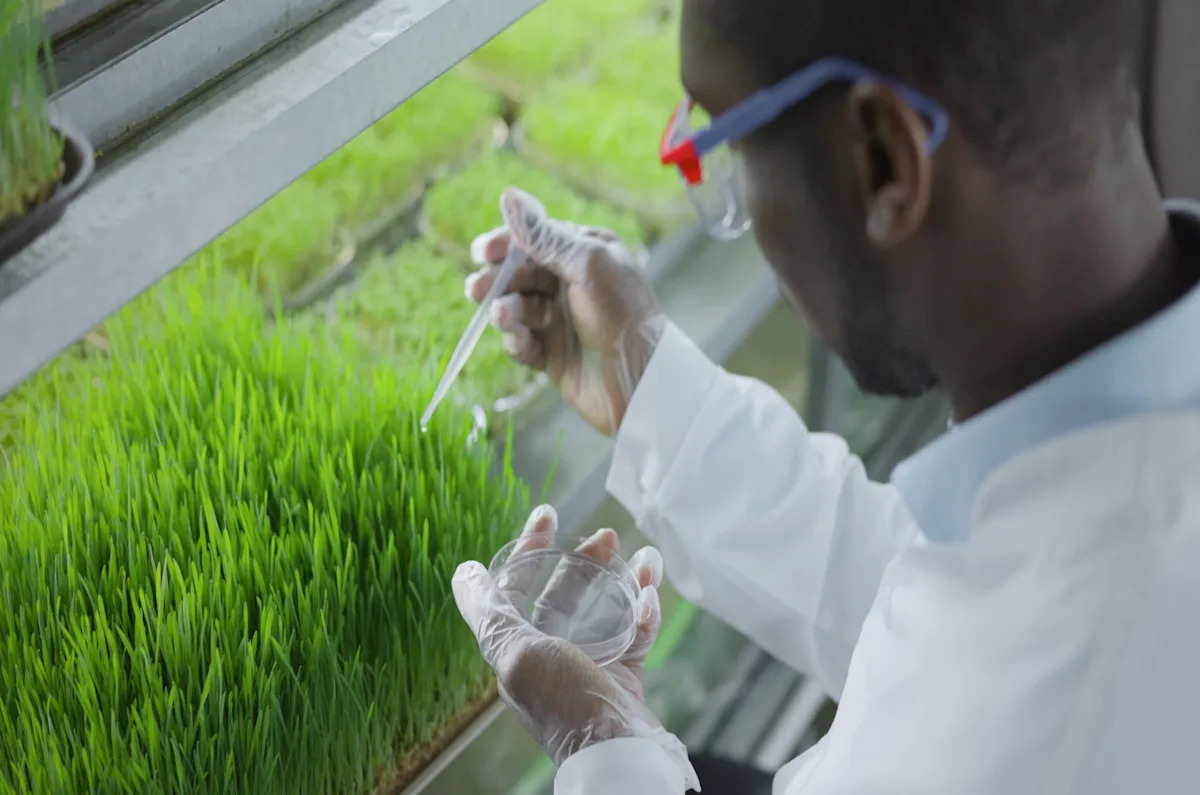Scientists have discovered a way to make gene editing safer and more precise — and it’s an advance that could help bolster the global food supply in a warming world.
Developed by the Broad Institute of MIT and Harvard, the new process improves upon CRISPR-Cas9 gene editing. This type of gene editing is likened to “molecular scissors,” cutting DNA at specific sites so scientists can repair or replace genes. The problem, however, is that the Cas9 enzyme responsible for making these cuts can sometimes remain active in cells longer than intended, leading to unwanted breaks that may cause harmful mutations in healthy genes.
To help solve this issue, scientists at the Broad Institute developed a system called LFₙ-Acr/PA. This process quickly delivers proteins that switch off the Cas9 enzyme after it finishes its job, helping to prevent unwanted DNA changes.
The advancement, which was recently published in the Proceedings of the National Academy of Sciences, could make CRISPR-based treatments for diseases and cancers much safer and clinically viable by minimizing unintended cuts. Patent applications have been filed, according to the Broad Institute, suggesting scientists are optimistic about future commercial or therapeutic use. However, more testing is still needed to confirm long-term safety and effectiveness before the editing technique can be widely used.
Another promising application of this technology is in genetically modified foods. Around the world, crops are already being engineered to adapt to a changing climate, including the development of non-browning bananas and heat-resistant apples. However, this new precision gene-editing tool could make the process safer, more accurate, and easier to scale.
There’s much misinformation about GMO foods and their safety. Genetically modified foods have been part of our food system since the 1990s and are highly regulated. The Food and Drug Administration requires that GMO crops undergo in-depth reviews before going to market, and decades of global research have found that approved GMO foods are safe to eat.
With increased editing precision, scientists could potentially develop crops that use less water, require less upkeep, or withstand pests and diseases that are worsening with pollution-driven climate shifts. Improved genetic modification also has the potential to boost crop yields, helping support harvests in regions where rising temperatures, drought, and shifting seasons threaten food production.
Importantly, this type of advancement highlights how genetic modification and GMOs can be part of the solution to our global food challenges. As experts told The New York Times, genetic tinkering could be our best bet to maintain global food supplies as our overheating planet threatens crop production.
While safer gene editing certainly won’t solve the climate crisis on its own, it could be a powerful tool to help get dinner on the table for families around the world.
Join our free newsletter for weekly updates on the latest innovations improving our lives and shaping our future, and don’t miss this cool list of easy ways to help yourself while helping the planet.

